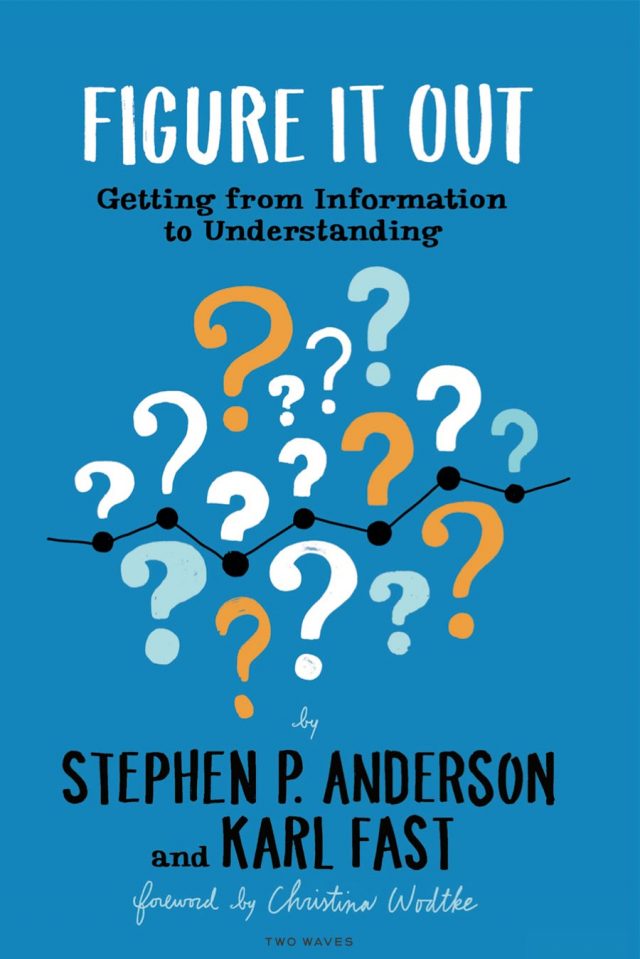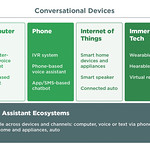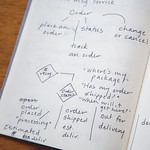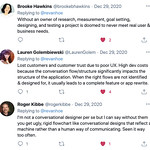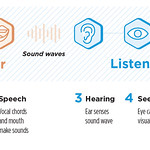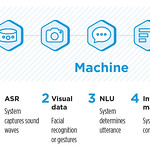Early in my career as a UX designer I worked with the inventors of Siri, helping them bring their new smart assistant to life: Viv (later renamed Bixby after being acquired by Samsung). I was drawn to working with the brilliant founding team and the potential of voice to deliver a seamless user experience. The technol- ogy was impressive, but I worried about how AI could be used for harm, either accidentally or intentionally. I did as much good as I could on that project before the four-hour roundtrip commute got the better of me and I left. I did some conversation design in my next role at Pandora, linking the music service to Google Home and Alexa, plus a host of other research and design projects there and then later at Slack. Eventually, I uncovered my greater calling: human-to-human interaction. I spend my time now helping humans learn how to do a better job of connecting with each other instead of their devices.
When I picked up Conversations with Things, I was reminded of my past journey into this realm, and I was skeptical. I remembered how many thorny ethical issues abound in this subset of tech, and how sticky and problematic this type of work can get. This book surpassed all my expectations.
Conversations with Things makes it clear that we cannot create effective digital conversation design unless we understand how to engage in effective and inclusive dialogue as humans. Deibel and Evanhoe make this lesson evident throughout the book, with example scripts of conversation between people, and conversation between people and devices. They paint a roadmap for how to make voice interfaces the accessible and helpful technologies that their inventors hope they will be. If the inventors and designers—likely you, the person reading this book—are successful, you’ll create a pleasant, useful, and inclusive voice interface that also leaves out the bias, racism, sexism, classism, ableism and homophobia that plagues our human- to-human world. Evanhoe and Deibel help the reader plan for things to go right and demonstrate the critical necessity of asking “what could go wrong?”





